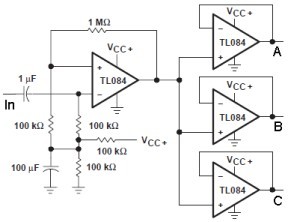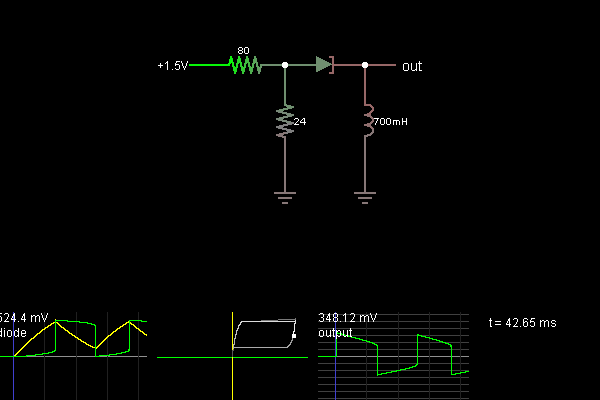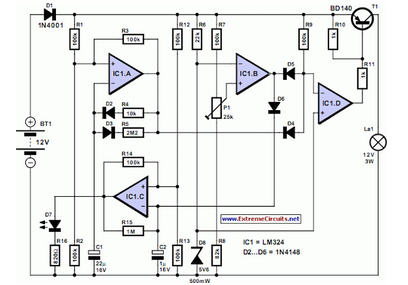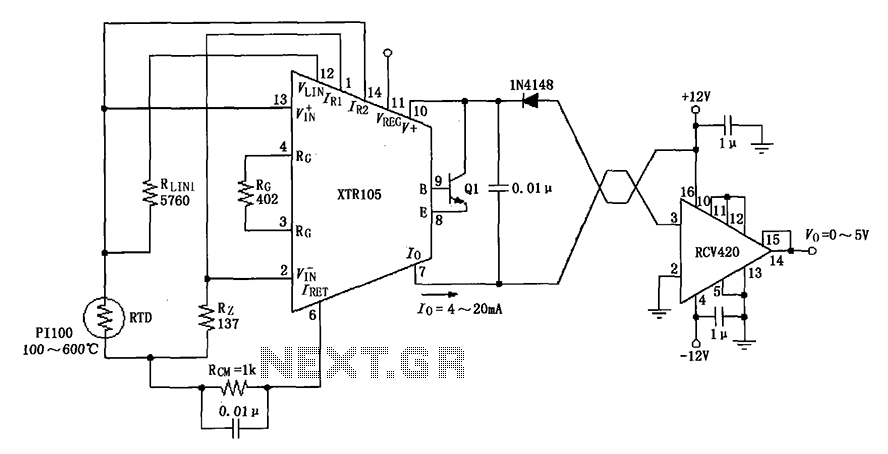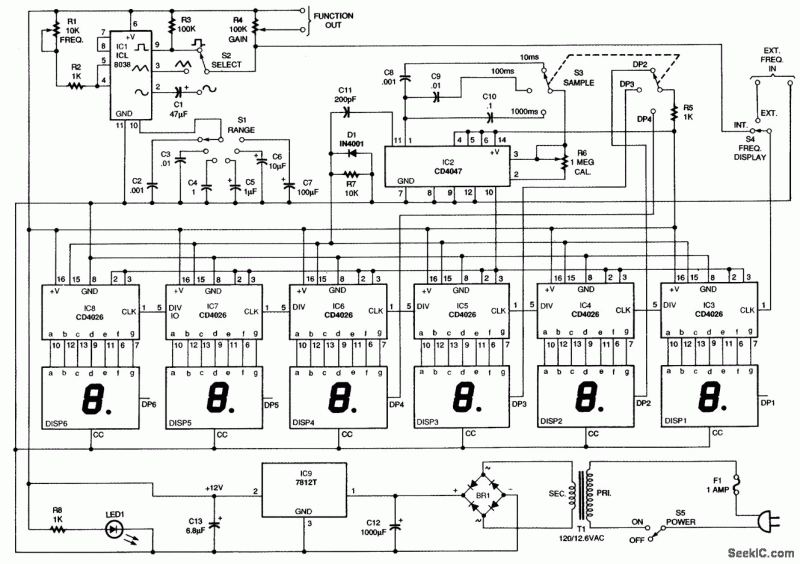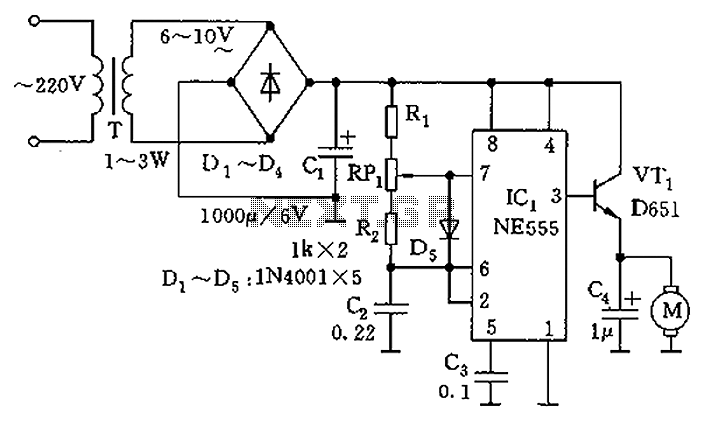
lithium ion li ion battery charger with
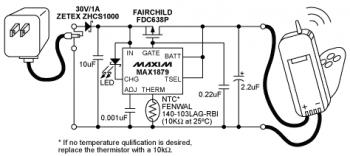
The diagram illustrates a Lithium-ion (Li-ion) battery charger designed using the MAX1879 single chip. This charger offers a simple and cost-effective solution for charging single-cell Li+ batteries without generating heat. The MAX1879, when paired with an AC linear transformer adapter and a PMOS FET, facilitates safe and rapid charging of a single Li+ cell. It is distinguished as an inductorless solution, providing the lowest power dissipation among single-cell Li+ battery chargers. By utilizing a current-limited linear wall adapter, the MAX1879 delivers an economical and efficient option for off-line cradle charging of single-cell Li+ batteries, with negligible power loss across the PMOS FET. This design is particularly suitable for handheld devices and battery packs, effectively addressing issues related to power dissipation and heat generation. The MAX1879 employs an efficient pulse-charging architecture that reduces power dissipation in portable devices, merging the advantages of switch-mode chargers with the affordability and straightforwardness of linear chargers. This straightforward device, when used with a current-limited wall cube and a PMOS transistor, ensures safe and rapid charging of a single Li+ cell.
The MAX1879 battery charger circuit is optimized for single-cell Lithium-ion battery applications, focusing on efficiency and simplicity. The primary component, the MAX1879 chip, integrates essential functionalities to minimize the complexity of the charger design. It operates without inductors, which typically contribute to size and cost in traditional charging circuits. The elimination of inductors not only reduces the component count but also enhances reliability by decreasing potential failure points.
The circuit employs a PMOS FET as a switching element, which plays a crucial role in controlling the charging process. During charging, the PMOS FET is activated by the voltage from the AC linear transformer adapter, allowing current to flow into the battery. The current-limited feature of the wall adapter ensures that the charging current does not exceed the safe limits for the Li+ cell, thereby preventing overcharging and extending the battery's lifespan.
The pulse-charging architecture utilized by the MAX1879 is a significant advancement, as it combines the benefits of both linear and switch-mode charging techniques. This method involves rapidly pulsing the charging current, which allows for efficient energy transfer while minimizing heat generation. The result is a charger that can maintain a compact form factor, making it ideal for portable applications where space is at a premium.
In summary, the MAX1879-based Lithium-ion battery charger circuit is an innovative solution that balances performance, efficiency, and simplicity. Its design is well-suited for a variety of handheld devices and battery pack applications, providing a reliable and effective charging mechanism with minimal power dissipation and heat issues. This makes it an excellent choice for manufacturers looking to incorporate efficient charging solutions into their products.Above diagram is the circuit of Lithium-ion (Li-ion) battery charger which built based single chip MAX1879. This is the simple and low cost battery charger for single-cell Li+ battery that does not dissipate power (no heat.
The MAX1879, in conjunction with the AC linear transformer adapter and a PMOS FET, allows safe and fast charging of a single Li+ cell. The MAX1879 is not only an inductorless required solution, but also the lowest power dissipated solution among single-cell Li+ battery chargers. The MAX1879 with a current limited linear wall adapter can produce the most economic and efficient solution for the single-cell Li+ off-line cradle charger, with virtually no power loss on the PMOS FET.
It can be easily designed for handheld devices or battery packs without excessive power dissipation and heat problems. The MAX1879 single-cell lithium-ion (Li+) battery charger utilizes an efficient pulse-charging architecture to minimize power dissipation in portable devices.
This architecture combines the efficiency of switch-mode chargers with the low cost and simplicity of linear chargers. This simple device, in conjunction with a current-limited wall cube and a PMOS transistor, allows safe and fast charging of a single Li+ cell.
🔗 External reference
The MAX1879 battery charger circuit is optimized for single-cell Lithium-ion battery applications, focusing on efficiency and simplicity. The primary component, the MAX1879 chip, integrates essential functionalities to minimize the complexity of the charger design. It operates without inductors, which typically contribute to size and cost in traditional charging circuits. The elimination of inductors not only reduces the component count but also enhances reliability by decreasing potential failure points.
The circuit employs a PMOS FET as a switching element, which plays a crucial role in controlling the charging process. During charging, the PMOS FET is activated by the voltage from the AC linear transformer adapter, allowing current to flow into the battery. The current-limited feature of the wall adapter ensures that the charging current does not exceed the safe limits for the Li+ cell, thereby preventing overcharging and extending the battery's lifespan.
The pulse-charging architecture utilized by the MAX1879 is a significant advancement, as it combines the benefits of both linear and switch-mode charging techniques. This method involves rapidly pulsing the charging current, which allows for efficient energy transfer while minimizing heat generation. The result is a charger that can maintain a compact form factor, making it ideal for portable applications where space is at a premium.
In summary, the MAX1879-based Lithium-ion battery charger circuit is an innovative solution that balances performance, efficiency, and simplicity. Its design is well-suited for a variety of handheld devices and battery pack applications, providing a reliable and effective charging mechanism with minimal power dissipation and heat issues. This makes it an excellent choice for manufacturers looking to incorporate efficient charging solutions into their products.Above diagram is the circuit of Lithium-ion (Li-ion) battery charger which built based single chip MAX1879. This is the simple and low cost battery charger for single-cell Li+ battery that does not dissipate power (no heat.
The MAX1879, in conjunction with the AC linear transformer adapter and a PMOS FET, allows safe and fast charging of a single Li+ cell. The MAX1879 is not only an inductorless required solution, but also the lowest power dissipated solution among single-cell Li+ battery chargers. The MAX1879 with a current limited linear wall adapter can produce the most economic and efficient solution for the single-cell Li+ off-line cradle charger, with virtually no power loss on the PMOS FET.
It can be easily designed for handheld devices or battery packs without excessive power dissipation and heat problems. The MAX1879 single-cell lithium-ion (Li+) battery charger utilizes an efficient pulse-charging architecture to minimize power dissipation in portable devices.
This architecture combines the efficiency of switch-mode chargers with the low cost and simplicity of linear chargers. This simple device, in conjunction with a current-limited wall cube and a PMOS transistor, allows safe and fast charging of a single Li+ cell.
🔗 External reference
